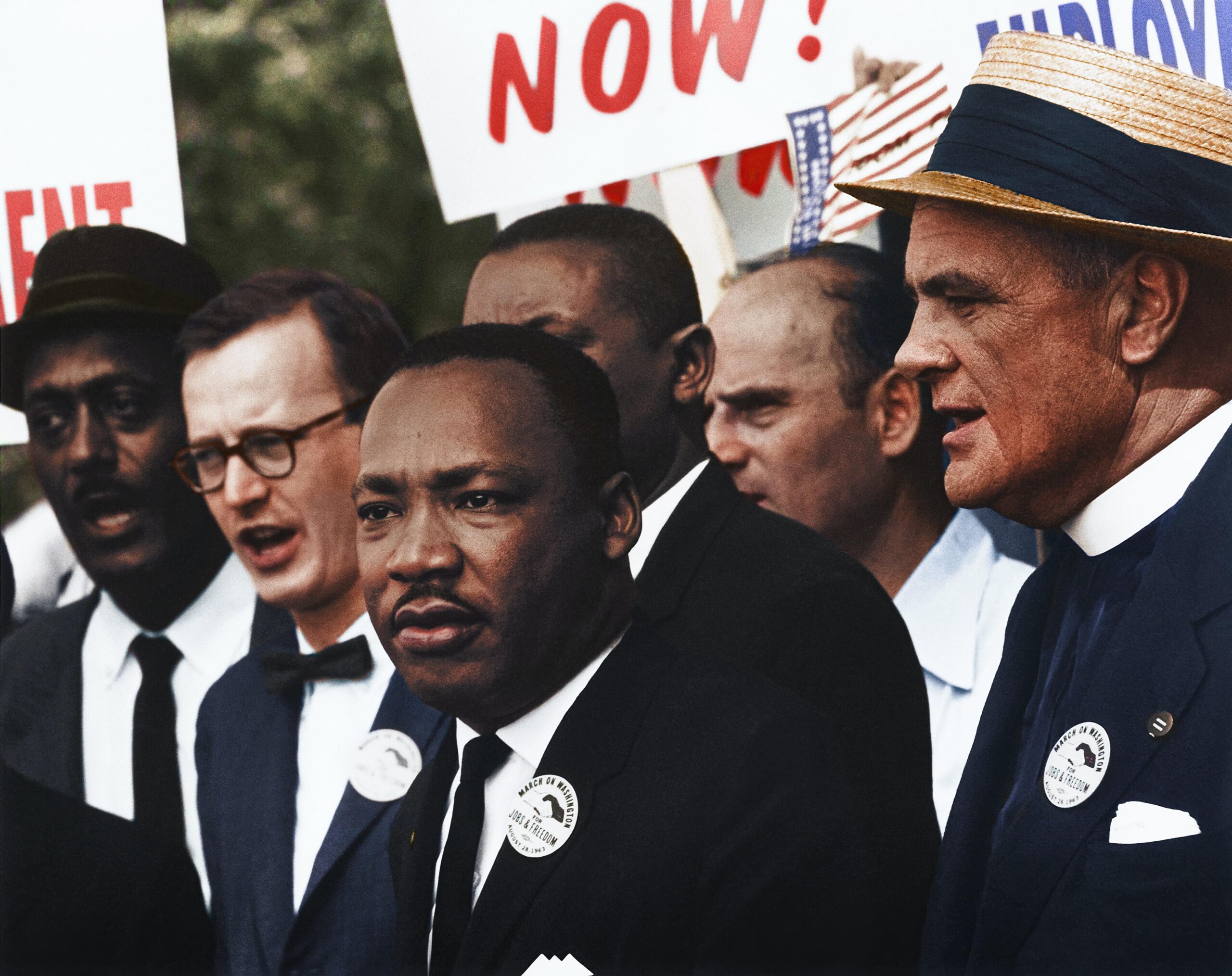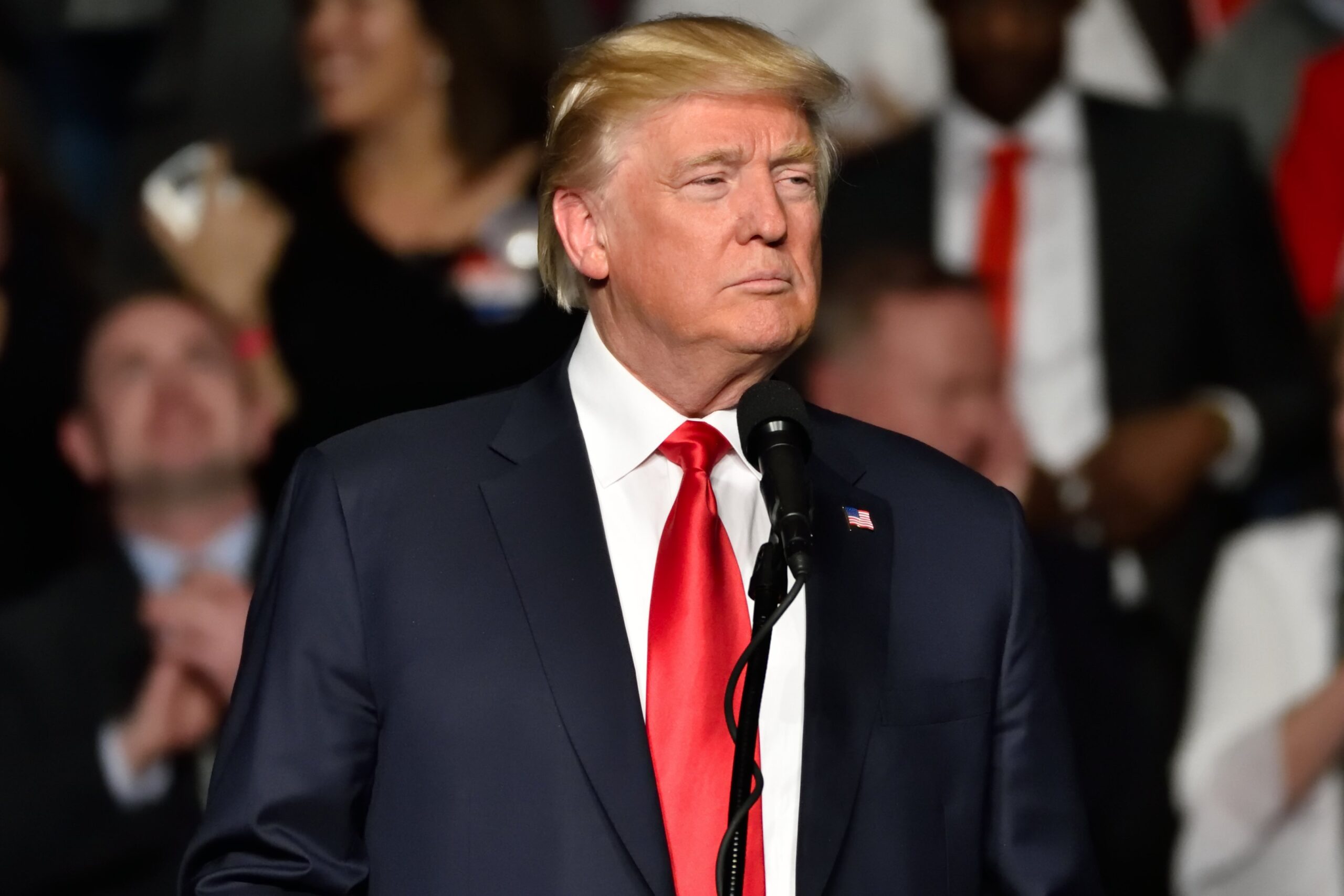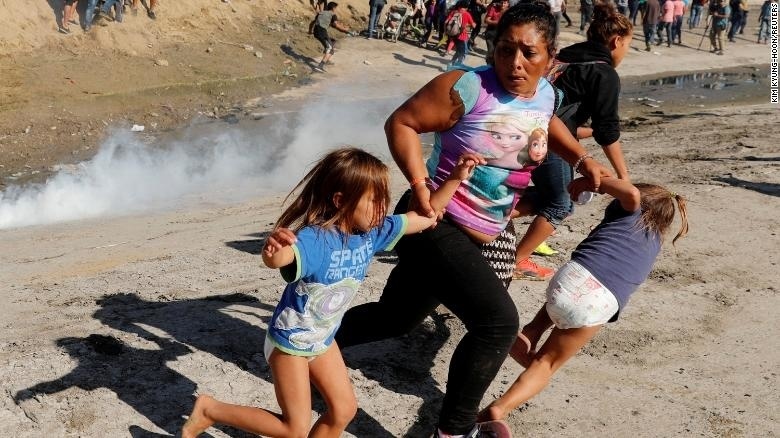
Burning Down The House – The War On Public Libraries

Critical Race Theory, Explained

Martin Luther King Jr.’s Message of Non-Violence Has Been Used Against Black America

Who Are the Proud Boys, the Extremist Group Trump Told to “Stand By?”

Was the Jimmy Fallon Blackface Skit Intentionally Released as a Distraction from the Murder of George Floyd?

What Millennials and Older Generations Need to Realize About Political Correctness

Why We Should Talk About a “Straight Pride Parade”

